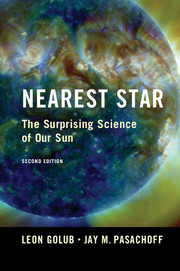6 - Space Missions
Published online by Cambridge University Press: 05 February 2014
Summary
Putting observing instruments into space is difficult, expensive, nerve-wracking, and often frustrating. Launch opportunities are limited, the risk of failure is high, and it usually requires many years for a project to reach completion. Why then would any one want to do science this way?
The problem is that the Earth has an atmosphere. This is good news for humans, of course. Life as we know it would not be possible without an oxygen-rich atmosphere, which also acts as a shield against harmful solar radiation and energetic particles known as cosmic rays (which are also deflected up toward the poles by the Earth's magnetic field – another type of shield). Our atmosphere prevents most meteors from hitting the ground – except for an occasional larger one – and it provides a greenhouse warming that brings global temperatures up to habitable levels, as we will discuss in the next chapter.
Most of these benefits to life are bad news for astronomers. From ground level we do not have direct access to cosmic rays, so it is difficult to study their origin; we do not have direct access to the bits of dust and rock floating through the solar system, to help determine the history of formation of the planets; we cannot, from the ground, directly measure the solar energetic particles to study the origin and effects of solar storms.
- Type
- Chapter
- Information
- Nearest StarThe Surprising Science of our Sun, pp. 169 - 209Publisher: Cambridge University PressPrint publication year: 2014



